3: Gambler's Paradise
Gambler's Paradise
[sblock=art inspiration]
[/sblock]
A vast pavilion supported by massive pillars and great arches of stone, the Gambler's Paradise is where all the high-stakes games take place. Anything can be wagered here, including abstract things that a person shouldn't be able to part with; there is even an animated suit of armor that obsessively gambles, all that remains of a fool who gambled away his own body. Four entrances lead into the pavilion, each decorated in vast gilded arches; the main entrance that opens off the Esplanade of Divine Alewives is considered to be unlucky by dwarven gamblers due to the arch somewhat resembling a dragon's mouth and the pair of heavenly
brak twan ("dwarven tunnel hounds", as
foo dogs) that stand watch over all who come and go. Indeed, gamblers may be the most superstitious folks in the multiverse, and their superstitions have caused a brisk trade in lucky charms to spring up around each of these gilded arches. Most of these trinkets are purely psychosomatic - meaning it's all in the gambler's head - but who is to say that if gamblers believe in a charm enough that it won't actually become lucky? Such is the way of the planes.
Entering the Gambler's Paradise requires putting down a minimum of 1,000 gold in a bet; while smaller gaming is common throughout Strongale Hall, here the dwarves take their gaming very seriously. Once inside, a prospective gambler will behold marvels. The ceiling is one huge pendentive dome (like the Hagia Sophia) inlaid with brightly colored gemstone murals depicting scenes of Vergadain's adventures thru the cosmos, some of them rather bawdy and others quite humorous. Down on the gambling floor are numerous tables illuminated by magic lanterns of varying hues of orange, yellow, and blue. Games range from runestone matching games resembling dominos or mah jhong to chess, with groups of dwarves clustered tightly to watch legendary players work on games that have been going on for months or even years. High-stakes dwarven card games and dice poker are played in smoky lounges where other races lose obscene amounts of money trying to best the stoic dwarven master card players. At the center of the pavilion is a racetrack for hounds, a cockatrice fighting pit, and a boxing and wrestling ring; dwarves eagerly bet on their favored contenders. A few more jovial games are played as well for those who are thoroughly liquored up, including Spin-the-Gnnome and Pin-the-tail-on-the-Gorgon. The proxy
Lzuli Clearfacet (Px/ male dwarven einheriar/ 15 HD/ N) and small groups of einheriar make sure that everything stays honest. Lzuli can sense cheaters from across the hall, and such folk are dealt with mighty harshly.
There is a persistent rumor that two artifacts circulate thru Vergadain's realm, exchanging hands at his gambling tables every couple centuries. These are the
Coin of Jisan the Bountiful and the
Jacinth of Inestimable Beauty. The first, the Coin, is a magical gold piece from the lands of Zakhara which bestows good fortune upon all of its owner's enterprises, provided they do not succumb to using its power out of greed. Those who do are cursed with insatiable hunger until they give the coin away. As it is not immediately recognizable as an artifact, the coin may make its way to the stall of a dwarven charm-seller. The second, the Jacinth, appears as a beautiful crystalline flower, and may very well have been fashioned by the first dwarven craftsman with the patronage of Vergadain, though the god isn't telling. It's arrival in the Hall makes it the focus of gambling rivalries for the history books, and the victor gains great charisma but is cursed to become increasingly paranoid over losing the Jacinth. Vergadain's proxy Lzuil Clearfacet would like to see the Jacinth destroyed or at least locked away in Vergadain's vaults.
Renowned / Notorious Gamblers of the Hall:
- Hauberk (Pl/ male? animated armor/ 6 HD/ N) was on a man but he bet everything at the gambling tables, his shadow, his memory, his name, everything expat the clothes on his back - a chain shirt (from which he got his name), a mail coif, leather gloves, pants, and boots. Desperate to get back what he'd lost, Hauberk alternates between compulsively gambling or trying to raise enough money to meet the minimum bet after he is thrown out. Some of Vergadain's proxies or Hurndor, if asked about Hauberk, might hint that as tortured as his existence is today, perhaps it is better than who he was before; in this sense even in the cruelty of ill luck there is Vergadain's wisdom.
- The Wight Dwarves (Pr/ male dwarven wight/ 6 HD/ N) stumbled into Dwarven Mountain after finding a portal in a collapsed mine. Consummate entrepreneurs (and utter addlecoved), the three brothers Dambain, Dumvrain, and Dimdain tried to master the gambling tables with less-than-legal tricks like card counting. When they were caught, rather than be punished in the usual way (loss of a hand or a throw down Rilkkaz Chasm), Vergadain took pity on the three brothers, sparing them but forbidding them to leave until they learned why they had come to Dwarven Mountain in the first place. Truth is, the three brothers died in mine collapse, and the tripled power of their denial has made them linger as undead. Vergadain was hoping that they would stumble to the truth on their own, but perhaps a stronger hand is needed and some adventurers could help the brothers move on. Getting them to realize which level of the Mountain they each should be on may be a good start.
- Shianee Eluchir (Pl/ female firre eladrin/ 8 HD/ CG) arrived at the hall under the auspices of studying dwarven song and poetry, adopting the habits of the dwarves - drinking and gambling - as if it were a simply joy. In fact, Shianee seeks the lost singing voice of her sister which was lost in a rigged bet to one of the high-up dwarven gamblers. Shianee slowly closes in on the culprit, and once she finds him she will break every rule of the hall to get her sister's Von back. Adventurers with a more neutral and delicate touch who can get her what she wants without an incident would be rewarded with a kiss bestowing profiency in some artistic task or knowledge of a bardic spell for spellcasters.
- Ozymandias (Pl/ ? arcane / 11 HD/ LN) is a shrewd dice and card player, able to give the best dwarven players a run for their money. Over the years "he" has acquired several priceless dwarven heirlooms the dwarves would love to get back at the gaming tables or otherwise. Betting siege engines, small kingdoms, mercenary-slave soldiers, and massive diamonds as if they were trinkets, Ozymandias concerns himself only with the acquisition of magical items; and to win one of those no bet is too risky for the arcane. Knowing the dwarves would love to steal back their goods from him, Ozymandias is always looking to hire an extra sword arm or six.




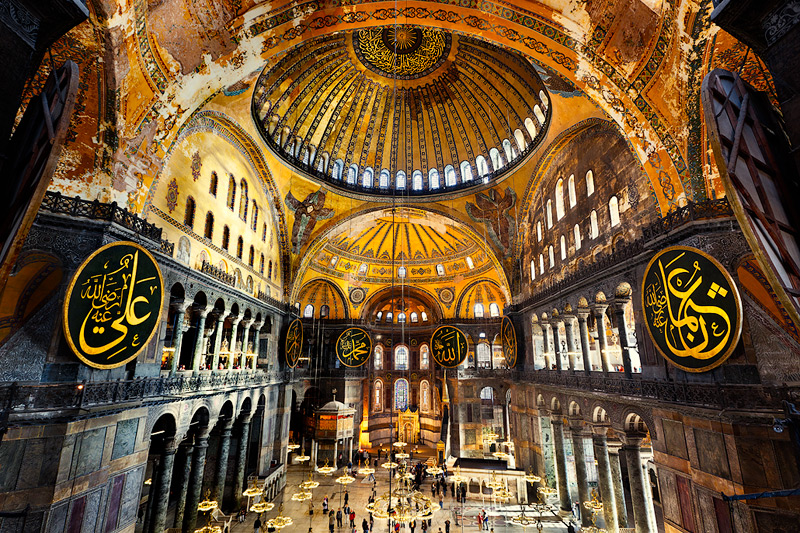




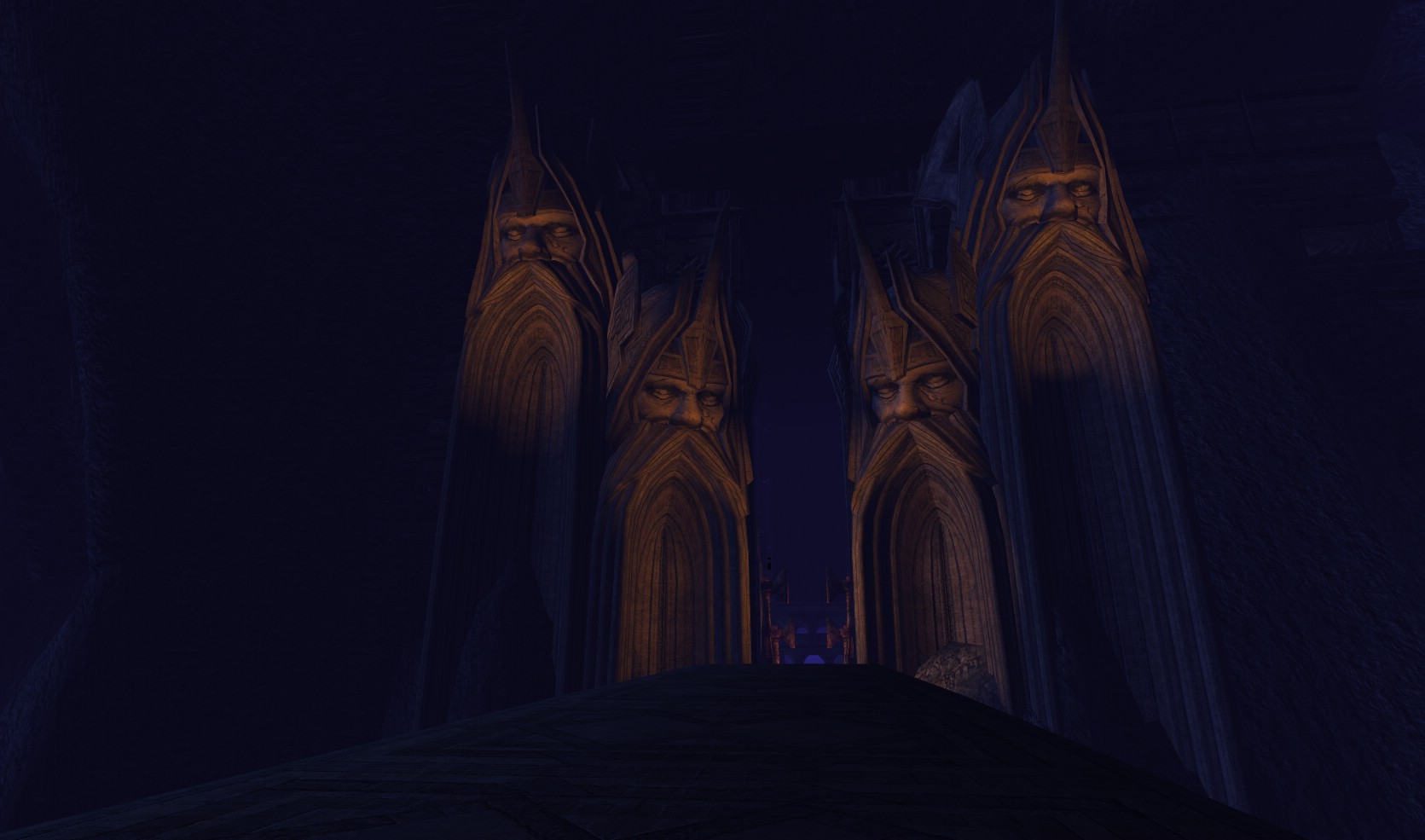
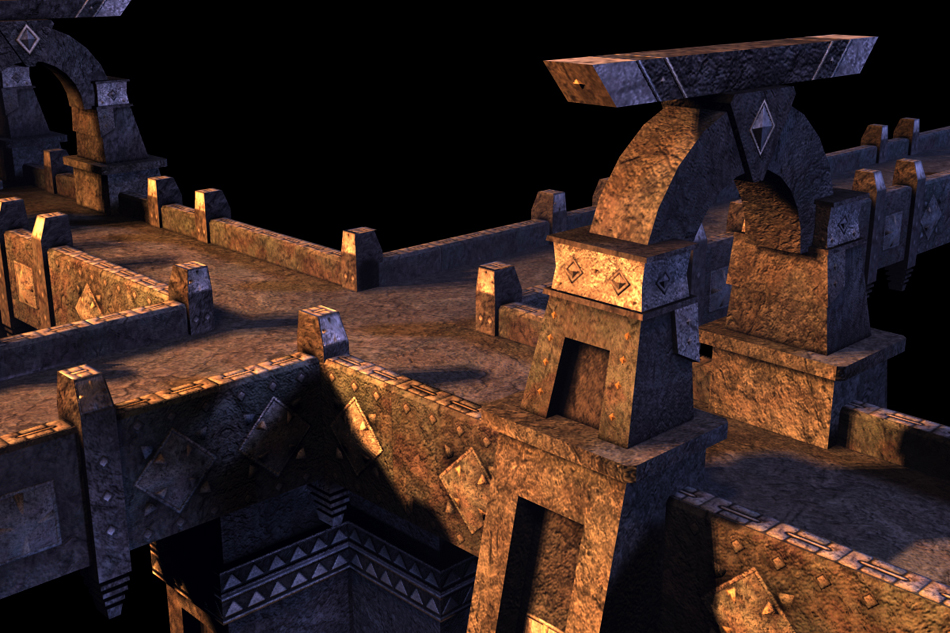
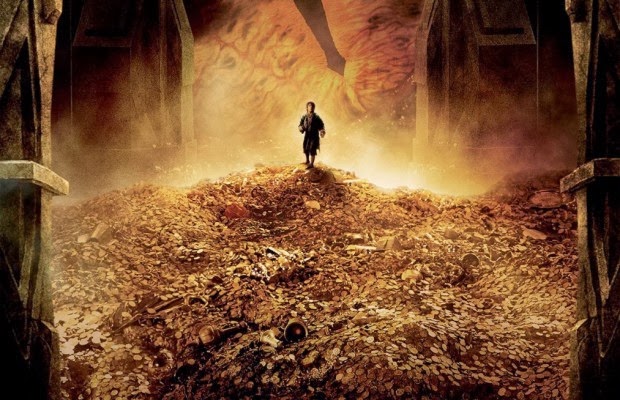
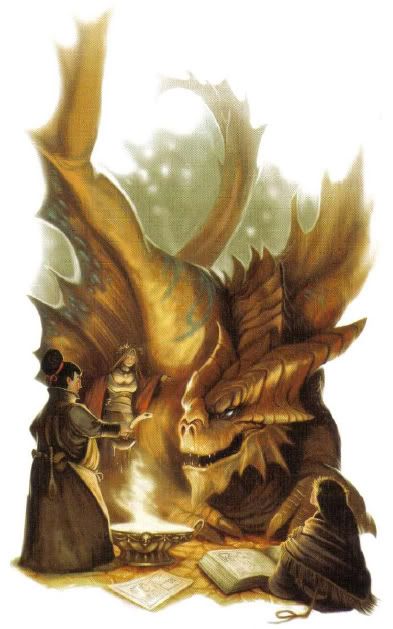 [/sblock]
[/sblock]